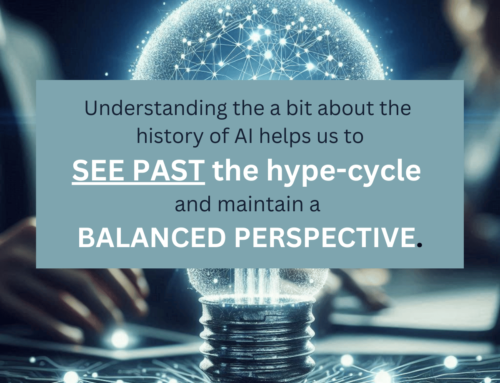Innovative projects offer exciting possibilities, but their implementation often has complex ripple effects beyond what is initially expected. In 2017, while at William & Mary, I presented at the WCET conference in Denver on the topic of “Second-Level Effects.” This presentation explored the challenges of managing these unexpected consequences of innovation and offered potential strategies for success.
Presentation Summary: Managing “Second-Level Effects“
-
The Nature of the Challenge: Often, we carefully plan for the initial, anticipated outcomes of a project (“First-Level Effects”). We may address challenges like increased workload or resistance from stakeholders. However, “Second-Level Effects” are much harder to predict. These are the indirect and often surprising changes that emerge as a project is implemented. Because they are unique, unpredictable, and constantly evolving, Second-Level Effects are considered “wicked problems.”
-
Causes of Second-Level Effects: These effects stem from significant shifts caused by the project, including:
- Altered Attention: The way people allocate their time and focus changes.
- New Social Dynamics: Interactions and relationships within organizational structures shift.
- Changed Interdependencies: Processes and workflows are modified, impacting how people collaborate and rely on each other.
-
Suggested Strategies
The presentation outlined key strategies to mitigate and manage the challenges presented by Second-Level Effects:
- Continuous Scanning = Skate to where the puck will be
- Foster Agility = “High performance organizations”
- Involve stakeholders
- Communicate core identity
- Focus on Action
- Feed forward
- Build Resilience
Key Takeaway
This presentation highlighted the importance of going beyond initial implementation plans. By understanding the deeper, long-term consequences of innovation and adopting proactive strategies, organizations can increase their chances of successfully navigating the complex journey of change.








